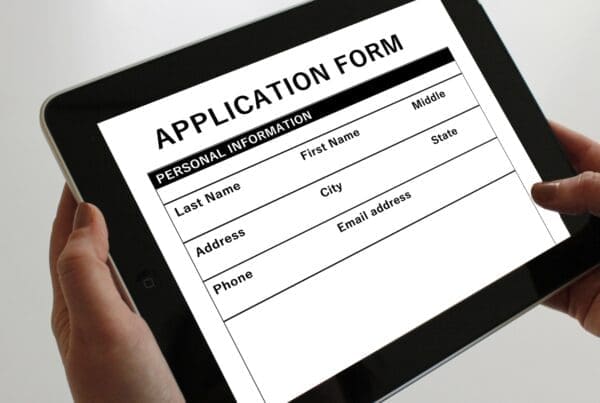Employee Assistance Programs (EAPs) play a crucial role in promoting mental health and well-being within organisations. These programs provide employees with confidential support and resources to address personal and work-related challenges. But what are EAP’s what are their benefits, and what impact do they have on both employees and employers.
What Are EAPs?
An Employee Assistance Program (EAP) is a professional service offered by employers to help employees manage various issues that may affect their work performance. These issues can arise either within or outside the workplace. Here are some common services provided by EAPs:
- Mental Health Support: EAPs offer counselling services to employees dealing with stress, anxiety, depression, or other mental health concerns. These confidential sessions allow employees to discuss their feelings and receive guidance.
- Financial Advice: EAPs provide financial counselling to help employees manage their finances effectively. Whether it’s budgeting, debt management, or retirement planning, EAPs offer practical assistance.
- Family Conflict Resolution: EAPs assist employees in resolving family-related conflicts, such as marital issues, parenting challenges, or caregiving responsibilities.
- Legal Services: EAPs offer legal consultations on various matters, including family law, estate planning, and workplace-related legal concerns.
Why Do EAPs Matter?
- Confidentiality and Accessibility: EAPs maintain strict confidentiality, ensuring that employees feel comfortable seeking help without fear of judgment. Employees can access EAP services easily, either through phone consultations or in-person sessions.
- Improved Productivity and Reduced Absenteeism: By addressing personal challenges promptly, employees can maintain their well-being and stay productive at work. EAPs contribute to reduced absenteeism and presenteeism, ultimately benefiting the organisation.
- Cost-Effective Solution: Investing in EAPs is cost-effective for employers. The return on investment (ROI) is significant, considering the positive impact on employee morale, retention, and overall organisational performance.
Challenges and Future Trends
- Increased Demand: EAPs are currently facing unprecedented levels of demand. Factors such as limited NHS services have led to more employees seeking immediate support through EAPs. Organisations must adapt to meet this growing need.
- Expanding Services: To remain effective, EAPs are expanding their services beyond traditional counselling. Some now offer digital platforms, self-help resources, and virtual workshops to address a wider range of employee needs.
- Holistic Approach: The future of EAPs lies in taking a holistic approach to well-being. This includes integrating physical health, financial wellness, and work-life balance into EAP offerings.
Selecting the Right EAP Matters
This involves thoughtful consideration and aligning the provider’s offerings with your organisation’s unique requirements. Employee Assistance Programs (EAPs) have recently faced scrutiny and negative publicity so choosing the right Employee Assistance Program (EAP) is essential for providing effective mental health support to your team. Here are some steps to help you ensure you select the right EAP:
- Understand Your Company’s Goals: Begin by understanding your organisation’s specific goals and needs. Consider what you want to achieve with the EAP, whether it’s improving employee well-being, reducing absenteeism, or enhancing overall organisational culture.
- Know Your Budget: Evaluate your budget for implementing an EAP. Different providers offer varying levels of services at different price points. Be clear about your financial constraints.
- Seek Recommendations: Speak to your professional network or other organisations that have implemented EAPs. Recommendations from peers can offer valuable insights into reputable providers.
- Evaluate Scope of Care: Look for a provider that offers a holistic approach. While traditional EAPs primarily focus on mental health, consider one that also addresses medical concerns and safety issues.
- Assess Hours of Care: Employees may need support outside regular business hours. Choose an EAP that provides options for after-hours assistance and offers various communication methods (such as chat or phone support).
- Critical Incident Support: Ensure the EAP offers services to help employees during and after critical events. This includes support for traumatic incidents or emergencies.
- Accreditations and Qualifications: Verify the provider’s accreditations and ensure their medical professionals hold appropriate qualifications.
- Digital Self-Help: Consider a provider that complements human support with digital tools like self-help resources and apps. These can enhance accessibility and engagement.
- Balance Between Digital and Human Support: While digital tools are valuable, human interaction remains essential. Find a balance that suits your organisation’s needs.
- Data and Insights: Choose an EAP that provides insightful data reports. These reports can help you identify trends, measure impact, and shape your overall well-being strategy.
Once you’ve assessed these factors, invite shortlisted EAP providers for presentations to make an informed decision. Employee Assistance Programs are essential for maintaining a healthy and productive workforce. By providing confidential support and addressing various life challenges, EAPs contribute to the overall success of organisations. As the workplace evolves, EAPs will continue to adapt and play a vital role in employee well-being.





